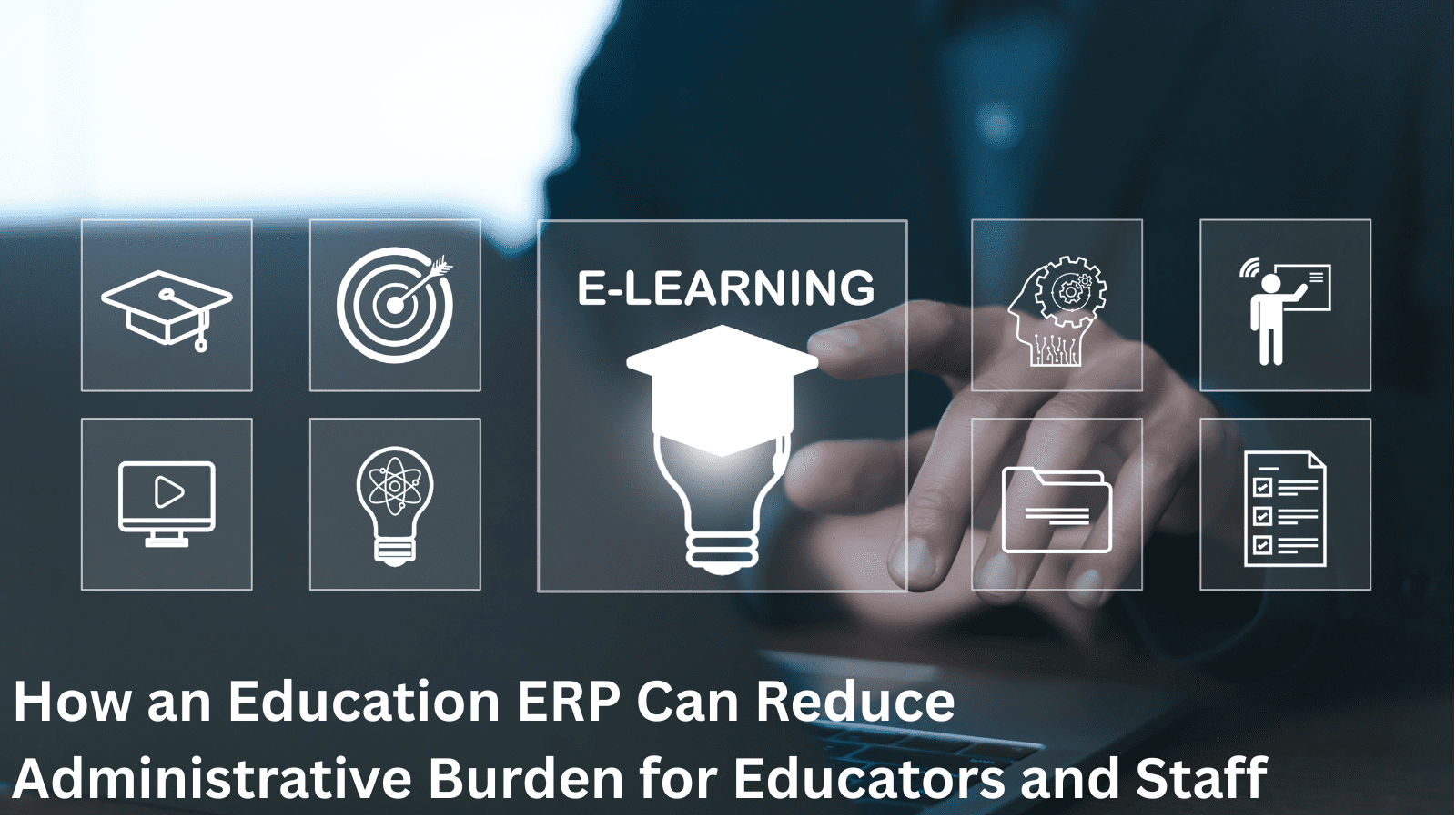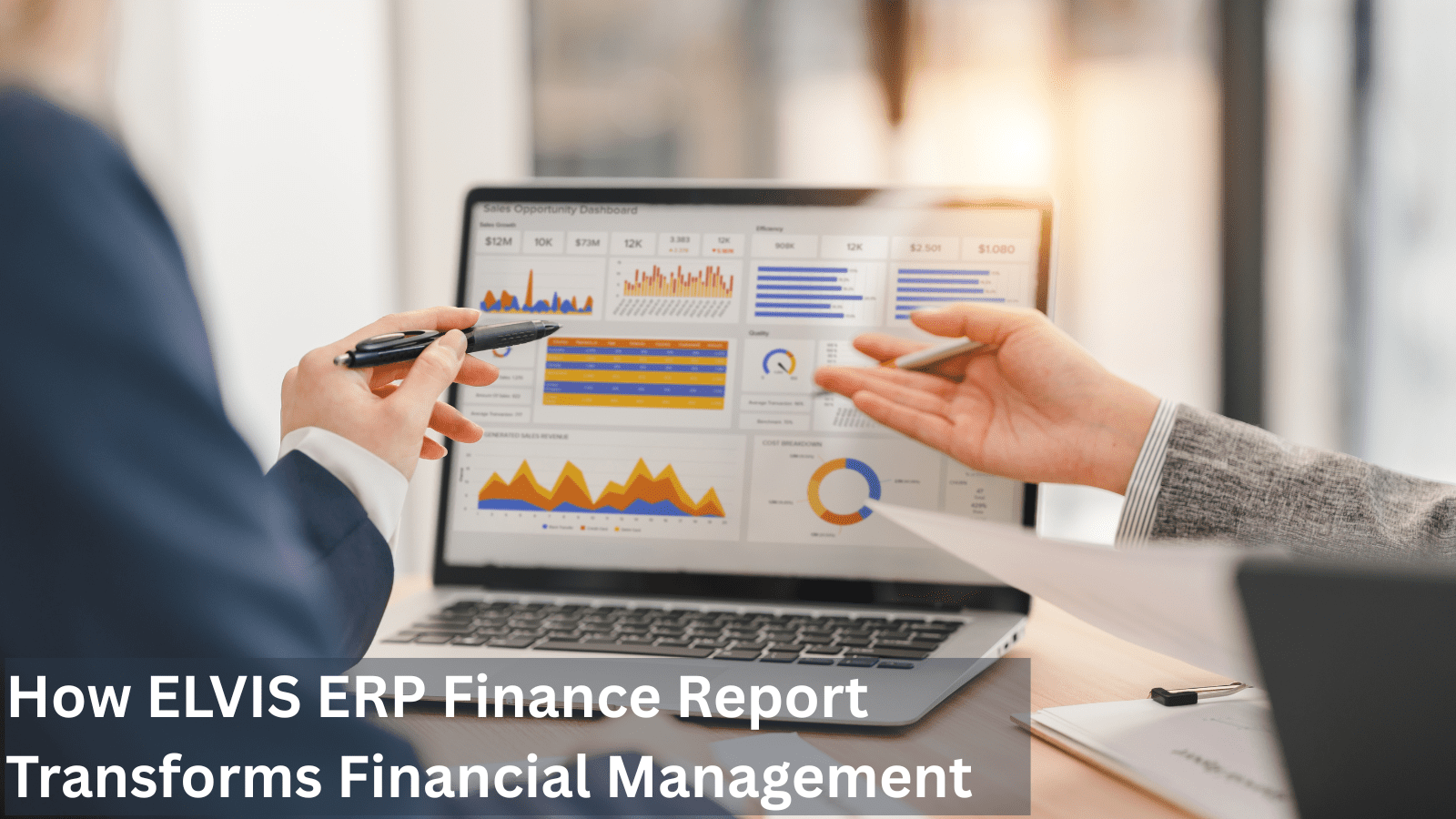Introduction
Imagine a business where every department works in isolation. Finance has no clue what inventory has in stock, sales can’t see upcoming production schedules, and HR operates in a silo. This lack of communication can lead to chaos, inefficiencies, and lost profits. Enter Enterprise Resource Planning (ERP) systems, the digital backbone that connects various departments within a company and streamlines operations. But ERP systems, like any good technology, haven’t always been the comprehensive powerhouses they are today.
In this blog post, we take a trip down memory lane and explore the fascinating evolution of ERP systems.
The Rise of Material Requirements Planning (MRP)
The story begins in the 1960s with a focus on manufacturing. Companies like J.I. Case, a manufacturer of construction equipment, needed a better way to manage inventory and production. This led to the development of Material Requirements Planning (MRP) systems. These early systems were essentially computer programs that helped businesses figure out what materials they needed, how much they needed, and when they needed them to fulfill customer orders. Think of it as a basic production planning tool, ensuring raw materials arrive just in time to avoid costly stockpiles or production delays.
The Arrival of MRP II
By the 1980s, MRP systems were taking a giant leap forward. Manufacturers wanted more sophisticated solutions, and MRP evolved into Manufacturing Resource Planning (MRP II). MRP II wasn’t just about inventory anymore; it expanded its scope to include scheduling, capacity planning, and even shop floor control. This broader approach provided manufacturers with a more holistic view of their operations, allowing them to optimize production processes and improve efficiency.
The Coining of ERP and the Integration Revolution
Fast forward to the 1990s, and a significant shift occurred. Research firm Gartner introduced the term “Enterprise Resource Planning” (ERP), recognizing that these systems weren’t just for manufacturing anymore. Businesses of all types, from retail to healthcare, were starting to see the value of having a central information system. ERP systems transformed from department-specific tools into company-wide information hubs. Imagine a single database containing data from finance, sales, inventory, and human resources – that’s the power of early ERP systems. This integration revolutionized how businesses operated, fostering better communication and collaboration across departments.
The Modern Era: Cloud, Mobility, and Beyond
The 21st century brought in a new era of ERP systems. The rise of the cloud revolutionized how businesses accessed and deployed ERP software. Cloud-based ERP systems eliminated the need for expensive on-premise hardware and IT infrastructure, making them more affordable and accessible for businesses of all sizes. Additionally, mobile technology allowed employees to access ERP data on the go, further enhancing flexibility and real-time decision-making.
Modern ERP systems are no longer just about data integration; they’re about harnessing the power of data analytics and artificial intelligence (AI). These advanced features allow businesses to gain deeper insights into their operations, identify trends, and make data-driven decisions for better performance. For example, AI-powered ERP systems can automate tasks like forecasting demand or optimizing inventory levels.
The Future of ERP: Embracing Change and Innovation
The future of ERP systems is overflowing with possibilities. As technologies like AI, machine learning, and the Internet of Things (IoT) continue to evolve, we can expect ERP systems to become even more intelligent and interconnected. Imagine an ERP system that automatically adjusts production schedules based on real-time data from sensors on the factory floor or one that uses AI to predict customer behavior and personalize marketing campaigns.
Conclusion
The evolution of ERP systems is a testament to human creativity and our ever-growing need for efficient business solutions. From humble beginnings as MRP systems focused on production planning, ERPs have become the central nervous system of many organizations. As technology advances, we can expect ERP systems to play an even more critical role in driving business success, helping companies navigate complex challenges and achieve new levels of growth and efficiency.
Frequently Asked Questions (FAQs) on the Evolution of ERP Systems
What’s the difference between MRP and ERP?
MRP (Material Requirements Planning) is the earlier technology that focused on managing inventory and production for manufacturing companies. ERP (Enterprise Resource Planning) is the broader system that integrates data across all departments in a business, not just manufacturing.
What are the benefits of using an ERP system?
ERP systems offer a wide range of benefits, including:
- Improved data visibility and accuracy across departments.
- Enhanced communication and collaboration.
- Streamlined operations and increased efficiency.
- Better inventory management and reduced costs.
- Improved decision-making through data analytics.
Is ERP just for large companies?
No, ERP systems are available for businesses of all sizes. Cloud-based solutions have made them more affordable and accessible for smaller companies.
What are some of the challenges of implementing an ERP system?
ERP implementations can be complex and require careful planning. Some challenges include:
- High initial cost (although cloud solutions can help reduce this).
- Data migration and integration issues.
- Change management and employee training.
What are the different types of ERP systems?
ERP systems can be categorized in a few ways:
- Deployment: On-premise, cloud-based, or hybrid.
- Industry-specific: Tailored for specific industries like manufacturing, healthcare, or retail.
- Size: Designed for large enterprises or small and medium-sized businesses (SMBs).
What are some of the biggest trends in modern ERP systems?
- Cloud adoption: Moving away from on-premise deployments.
- Mobile access: Ability to access ERP data on smartphones and tablets.
- AI and machine learning: Using AI for tasks like forecasting and automation.
- Integration with other business applications: Streamlining workflows and data sharing.
What’s the difference between ERP and CRM?
ERP focuses on integrating all business data, while CRM (Customer Relationship Management) focuses specifically on managing customer interactions and relationships. However, some ERP systems offer built-in CRM functionality.
How much does an ERP system cost?
The cost of an ERP system varies depending on factors like the size and complexity of your business, the features you need, and the deployment model (cloud vs. on-premise).
How do I choose the right ERP system for my business?
Carefully consider your business needs, budget, and future growth plans. Research different vendors, compare features, and get demos before making a decision. It’s also wise to consult with an ERP implementation expert.








